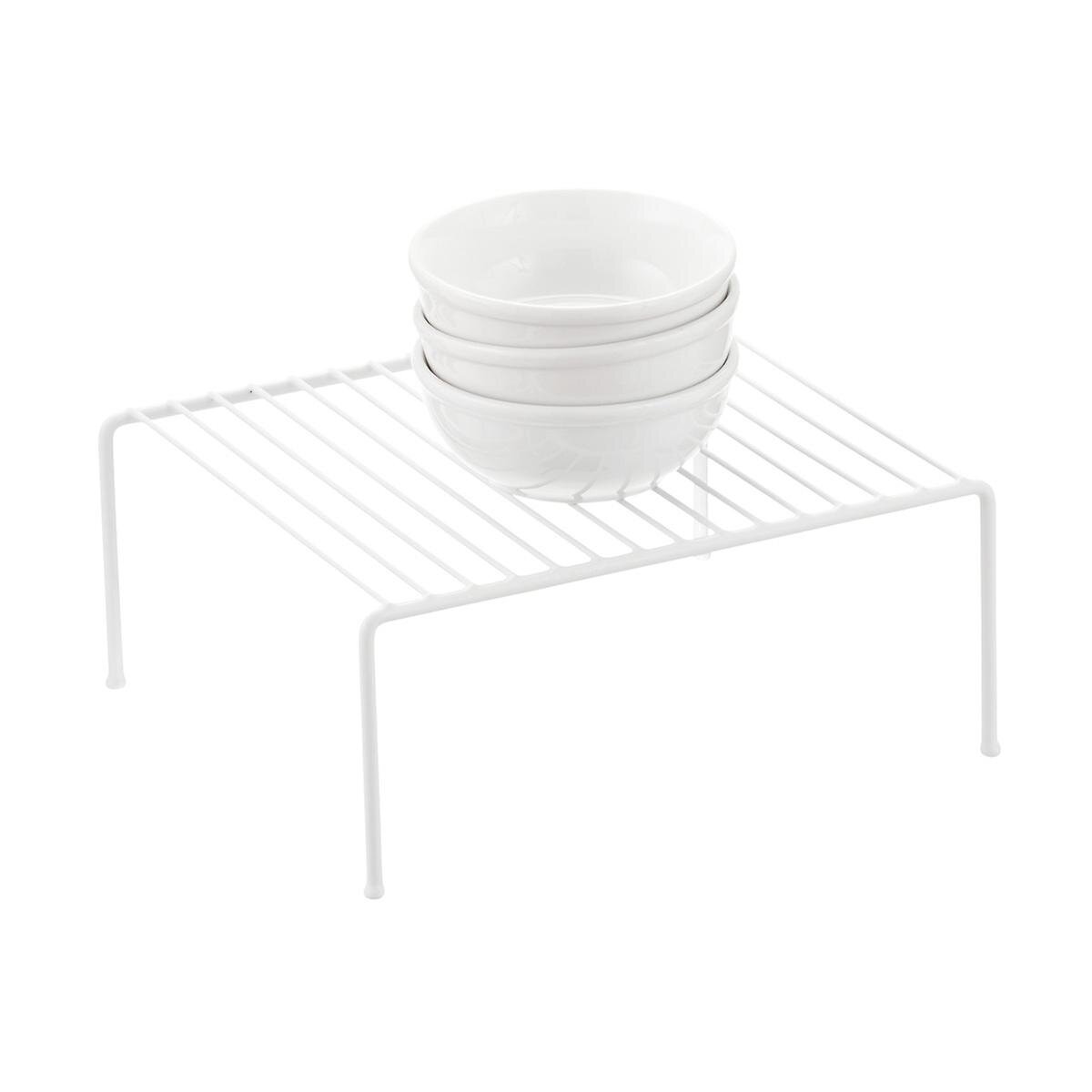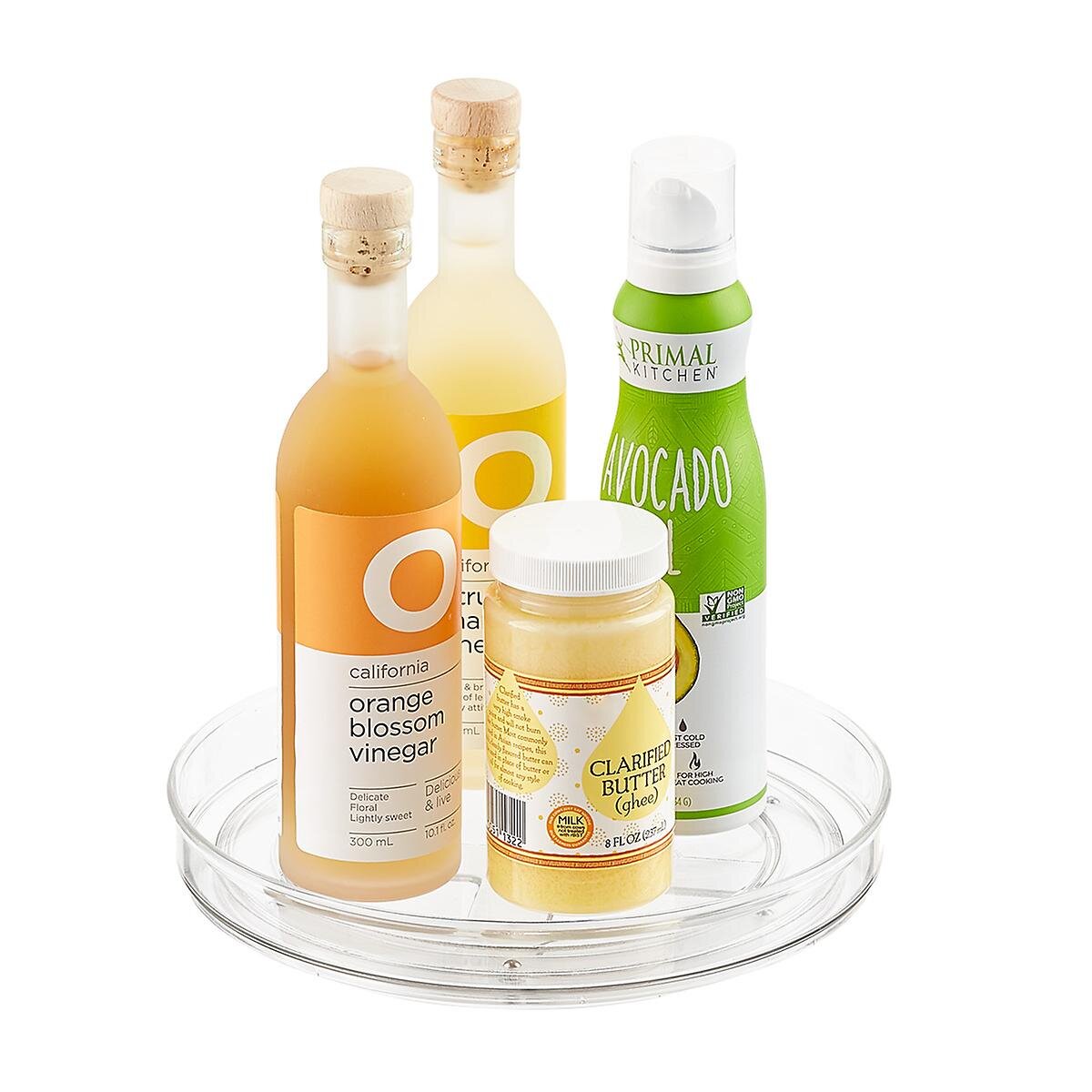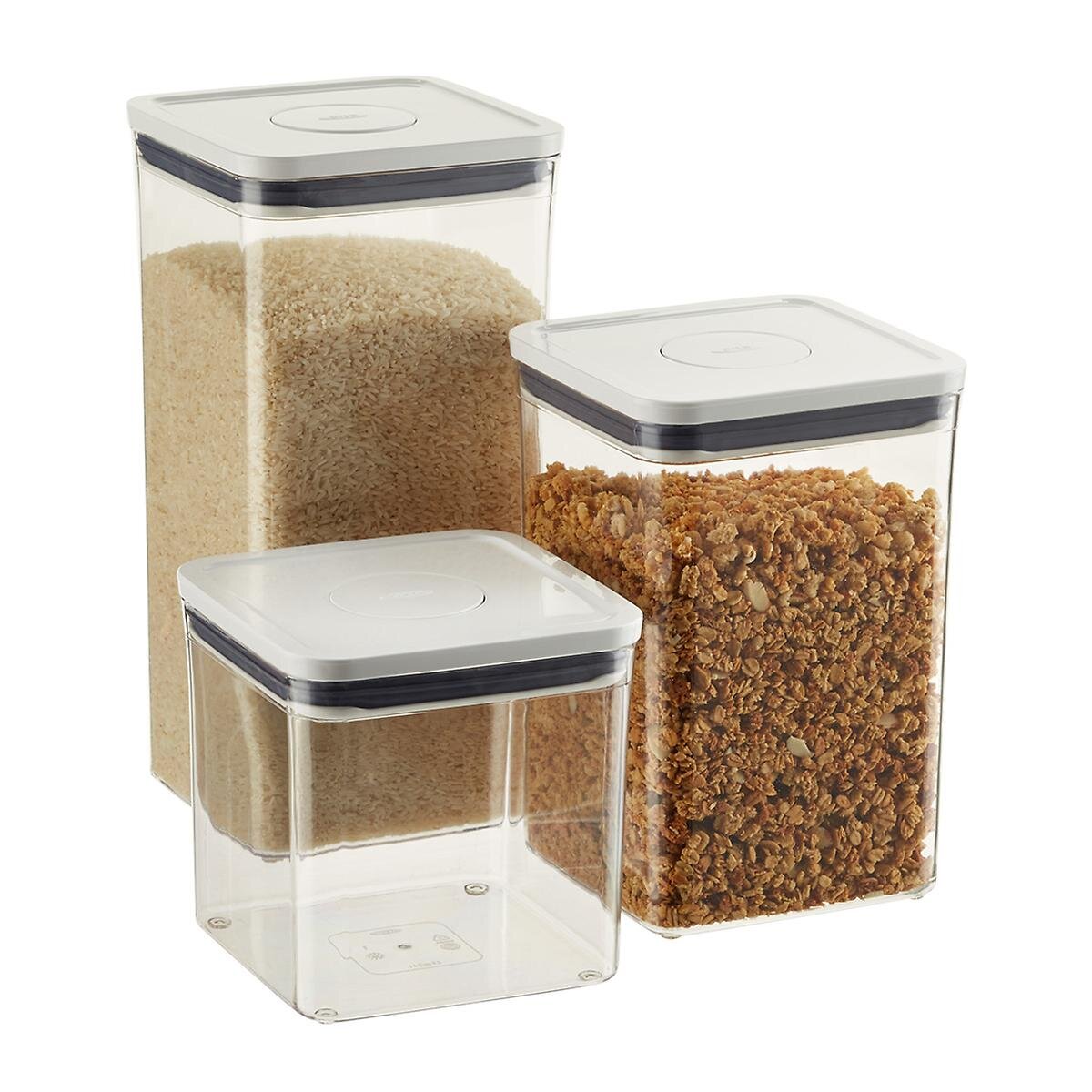The Joyful Sort Top 5: Easy Kitchen Organization Tips
Ah, the kitchen - the heart of the home! It’s a place for connection and nourishment and, at least in my house, some pretty epic dance parties.
So much of our daily routines center around the kitchen (especially in our new Covid world), so if we find ourselves digging through cluttered cabinets and drawers or shoving things wherever they happen to fit, it’s easy to feel scattered in other areas of our day as well. But when a home hub like this works for and with your routine instead of against it? It’s a wonderful thing.
Read on for my top tips for a simple, organized kitchen!
1. Get rid of some stuff.
You knew I was going to come out of the gate with this one, right? Odds are there’s a good amount in your kitchen that you can let go of to free up some space - expired food, duplicate items (we’ve worked in several kitchens where at least three or four can openers have been found during our initial sort), gadgets and small appliances that are rarely (if ever) used. Take everything out, make a big ole’ mess, and get real about what you actually need and use versus what’s just taking up space. This list is a great resource if you’re feeling overwhelmed and stuck on where to start!
2. Set up stations.
The key to an efficient, organized kitchen is grouping like items together in zones or stations. Some of the big hitters:
Every day - dishes, utensils, drinking glasses; these should be placed close to your sink/dishwasher
Cooking/prep - pots/pants, cooking utensils, knives, cutting boards, oven mitts and trivets, spices, oils & vinegars; these should be close to your oven/range and ideally also in a spot with some sort of work space nearby, with heavier baking dishes stored as low to the ground possible
Baking - measuring cups & spoons, electric mixer, mixing bowls, cookie cutters, baking sheets/cake & muffin pans (file these upright if you can); these also should be placed as close to the oven as possible
Pantry - the actual food; check out this post for some ideas to get you started
Storage - glass or plastic storage containers, baggies, foils/wraps; I prefer to store these close to the fridge and, again, ideally in a spot with a bit of countertop work space nearby
Appliances - if you use it daily, it may make sense to leave it on the counter; if you use it on a weekly basis or less, tuck it away in a lower cabinet or in the pantry; all take proximity to electrical outlets into consideration
I also love a kids’ cabinet (in a lower cabinet or drawer so that little hands can independently get what they need) and a spot for entertaining pieces like serving trays and bowls. Depending on your routines, you may want a spot just for coffee or smoothies or snacks. It’s all about how you naturally flow and move about the space.
Pro tip: use Post-It notes on cabinet and drawer fronts to map out a zoning plan , starting with the obvious/Musts and working backwards to the categories that you use less frequently.
3. Store items based on how frequently you use them.
Within each of your zones, and even within each cabinet and drawer, make sure that the things you use all the time get prime placement. For example, if you use dinner plates and cereal bowls every day, make sure that they’re on the lowest cabinet shelf or in a top deep drawer so that you’re able to easily grab them. We keep pitchers and vases within the entertaining zone of our kitchen, but in high upper cabinets because we’re less likely to grab those than we are our bamboo salad bowl and small serving trays. The goal of an organized kitchen (really of any organized space) is to be able to easily and quickly get what you need, when you need it.
4. Clear those countertops!
One of the things that we constantly hear from kitchen project clients is how much the random piles on the counter stress them out - the impact of visual clutter is real! Stick to the essentials: if something is going to live on your kitchen counter, it should be functional and useful. And it should have a home! Try a tray or Lazy Susan to keep smaller items tidy and purposeful and a magazine file or document box for papers (and then commit to cleaning it out on a weekly basis).
I know you’ve probably heard it a thousand times, but if you take one thing away from this post, it’s this: commit to taking five minutes every night to clear and wipe down your kitchen counters. I promise that this small habit shift will have a huge impact on your tomorrows.
5. Invest in the right product.
I frequently tell clients that kitchens and bathrooms are one of two spots that tend to be the most product-heavy when it comes to organizing. Why? Lots of moving parts and lots of smaller items that need containment if there’s any hope of them staying orderly.
Drawer organizers are a must (we love using expandable bamboo dividers if puzzle-piecing individual organizers feels like too much of a challenge), cabinet risers provide extra stacking space, Lazy Susans work wonders for tricky corners, and clear containers will revolutionize your grocery game.
It will take some work to maintain an organized kitchen (or, for that matter, any space in your home that’s used on a regular basis). But the benefits of saving time, money, and adding ease to your day-to-day are well worth it…plus, the potential for more of those epic dance parties.






